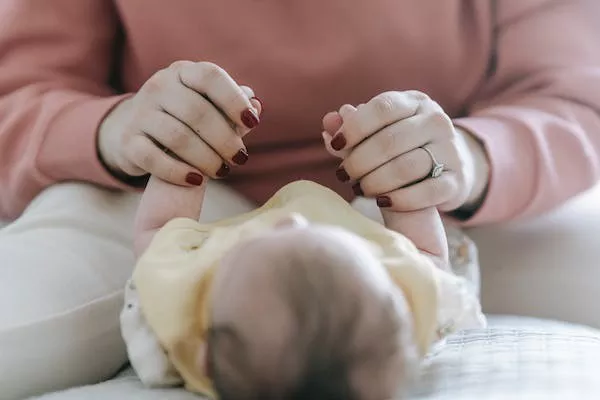As parents, ensuring the cleanliness and safety of our baby’s feeding equipment is of utmost importance. Sterilizing baby bottles is a common practice to eliminate harmful bacteria and protect our little ones from potential health risks. However, it is essential to understand how long a bottle remains sterile after sterilization to maintain a hygienic feeding environment. In this comprehensive guide, we will explore the factors affecting the duration of bottle sterilization and provide practical tips for maintaining bottle cleanliness.
Understanding Sterilization
Sterilization is the process of eliminating all microorganisms, including bacteria, viruses, and fungi, from an object or surface. For baby bottles, there are various methods to achieve sterilization, including boiling, steam sterilizers, and chemical sterilizing solutions. The goal is to ensure that the bottle is free from harmful pathogens that could cause infections or illnesses.
Factors Affecting Sterility Duration
Several factors influence how long a bottle remains sterile after sterilization. By understanding these factors, parents can make informed decisions regarding the storage and use of their baby’s feeding equipment.
Storage Container: The choice of storage container plays a crucial role in preserving bottle sterility. If you store sterilized bottles in airtight, sterile containers, they are likely to stay sterile for an extended period. Opt for containers with lids that seal tightly, keeping out dust, germs, and other contaminants.
Environmental Factors: The surrounding environment can impact the sterility of a bottle. If you leave a sterilized bottle exposed to open air or in an unclean environment, it can quickly become contaminated. Always handle sterilized bottles with clean hands and avoid placing them on surfaces that may harbor bacteria.
Bottle Integrity: The condition of the bottle itself is another important factor. Over time, bottles can develop scratches, cracks, or other damage, which may create crevices for bacteria to hide and multiply. Regularly inspect the bottles for any signs of wear and tear, and replace them if necessary to maintain optimum cleanliness and sterility.
Storage Duration: The length of time a bottle remains sterile after sterilization depends on how it is stored. If kept in a sterile container or sealed bag, it can stay sterile for up to 24 hours. However, if the bottle is left exposed or used for feeding, it can quickly become contaminated, and the sterility will be compromised.
Best Practices for Maintaining Sterility
To ensure that your baby’s bottles stay sterile for as long as possible, it is essential to follow these best practices:
Cleanliness: Thoroughly clean bottles and other feeding equipment before sterilization. Use warm, soapy water and a bottle brush to remove any milk residue or debris. Rinse the bottles well to ensure no soap residue remains.
Choosing a Sterilization Method: Select a sterilization method that suits your needs and lifestyle. Popular methods include boiling, steam sterilizers, and chemical solutions. Follow the manufacturer’s instructions for the chosen sterilization method to ensure maximum effectiveness.
Timing: Sterilize the bottles shortly before they will be used. Sterilizing bottles well in advance increases the chances of them becoming contaminated before use. If you anticipate needing sterilized bottles throughout the day, consider sterilizing smaller batches as needed.
Storage Containers: Invest in airtight, sterile storage containers or bags designed for baby bottles. These containers provide an additional layer of protection against contamination and help prolong the sterility of the bottles.
Clean Environment: Maintain a clean environment when handling sterilized bottles. Wash your hands thoroughly before touching the bottles and avoid placing them on unclean surfaces. Use clean paper towels or designated bottle-drying racks to air dry the bottles after sterilization.
Regular Inspections: Regularly inspect the bottles for any signs of damage, such as cracks or scratches. If you notice any compromise in bottle integrity, replace them immediately to prevent bacterial growth.
Conclusion
Ensuring the sterility of your baby’s bottles is vital for their health and well-being. By understanding the factors affecting sterility duration and following best practices, parents can create a safe feeding environment for their little ones. Remember to maintain cleanliness, choose the right sterilization method, use suitable storage containers, and regularly inspect the bottles for any damage. By doing so, you can confidently provide your baby with clean and safe bottles, fostering their healthy growth and development.


